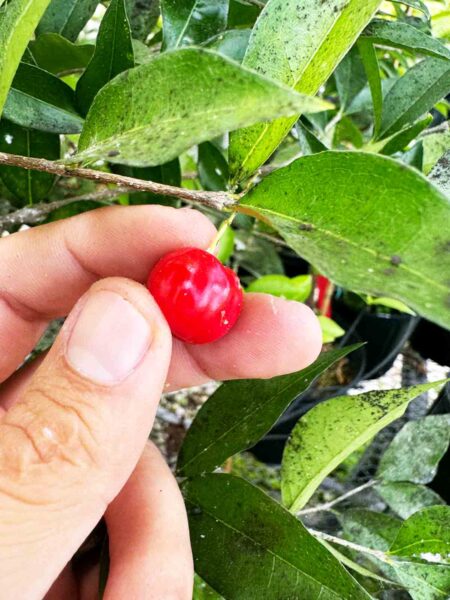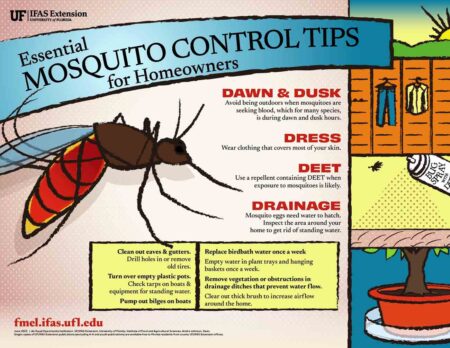Dogwood seeds have a dormancy requirement in order to germinate. Fall planting outdoors will sometimes meet their requirements. But the surer way to handle dogwood seeds is to place the seeds in a refrigerator at about 40º F for about four months before planting them. This process is called stratification. It’s important to keep seeds moist during this treatment.
NICEVILLE, Fla —
Q. I have tried to start dogwood trees from seed with no luck. Is there a trick to growing dogwoods from seed?
A. Dogwood seeds have a dormancy requirement in order to germinate. Fall planting outdoors will sometimes meet their requirements. But the surer way to handle dogwood seeds is to place the seeds in a refrigerator at about 40º F for about four months before planting them. This process is called stratification. It’s important to keep seeds moist during this treatment. Layer the seeds in moistened vermiculite or sphagnum moss within a plastic bag with a few “breathing” holes and place the closed bag with seeds in a refrigerator drawer. Periodically check to ensure that the vermiculite or sphagnum moss does not dry out – keep it moist but not soggy. Avoid placing seeds in a drawer with apples or other fruit that give off ethylene gas.
Q. Is there a best time to prune azaleas?
A. The major pruning of azaleas is best done shortly after the flowers begin to fade in late spring. Major pruning after June will potentially interfere with flowering the following spring. Azaleas produce their flower buds during late summer and fall, which open the following spring. You can find the flower buds tucked away in the leaves at the tip end of the shoots during summer or fall.
Q. My oleanders shrubs are too tall for where they’re planted. How much can I prune them and when is the best time to prune?
A. Late winter (February – March) just before new growth occurs is the best time to do significant pruning to oleanders. Oleander plants produce flowers on the current season’s growth. So, routine pruning done at the above time should allow mature oleander plants to produce flowers during summer. However, severe pruning (reducing the size of the plant by 1/3 or more) usually results in few to no flowers for several years. Pruning severely causes plants to put their energy into recovering the lost growth at the expense of producing flowers. This is particularly true when they are severely pruned followed by fertilization with a high nitrogen fertilizer. But sometimes the need to severely reduce a plant’s size overrides the desire for flowers.
When a plant becomes too large for its location, the problem goes back to planting the wrong plant in the wrong place. It’s best to know the mature size of a plant in both height and width before planting it. Then, place the plant where it has room to reach its mature size. Oleanders get taller than many people realize with some varieties growing twenty feet in height and fifteen feet in width.
Larry Williams is the Extension horticulture agent with the Okaloosa County Cooperative Extension Service, University of Florida. Contact Larry at 689-5850 or email lwilliams@myokaloosa.com.






